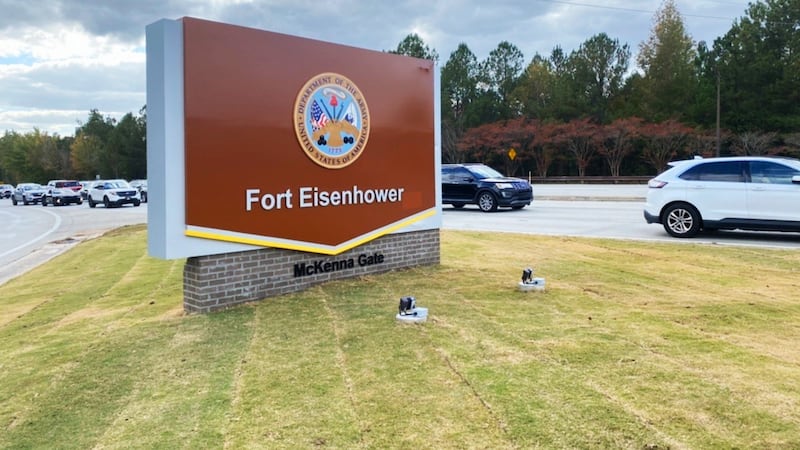I-TEAM: What we know about crashed plane, federal investigation
AUGUSTA, Ga. (WRDW/WAGT) - The National Transportation Safety Board has already launched its investigation of an airplane crash that killed the pilot Thursday morning in an Augusta neighborhood.
The single-engine propeller-driven plane crashed at Hillcrest Avenue at Belmount Drive around 7:13 a.m. Thursday, moments after taking off from Daniel Field.
It was bound for New Haven, Conn., but only made it a couple of blocks and 625 feet in altitude before it came down in the densely populated neighborhood.
MORE COVERAGE:
‘Lord is in control’: Pilot dies in Augusta crash but saves lives on the ground
According to the Federal Aviation istration, a single-engine Beechcraft 36 crashed at Hillcrest Avenue at Belmont Drive around 7:13 a.m. Thursday.
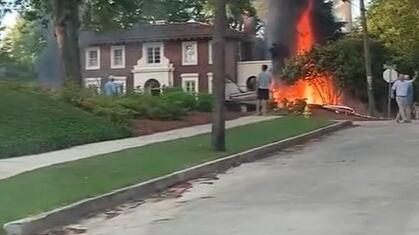
‘One of a kind’: Heroic pilot is mourned in Augusta, elsewhere
The community is mourning a pilot who died Thursday morning in an Augusta plane crash – a man many are calling a hero for saving lives on the ground.
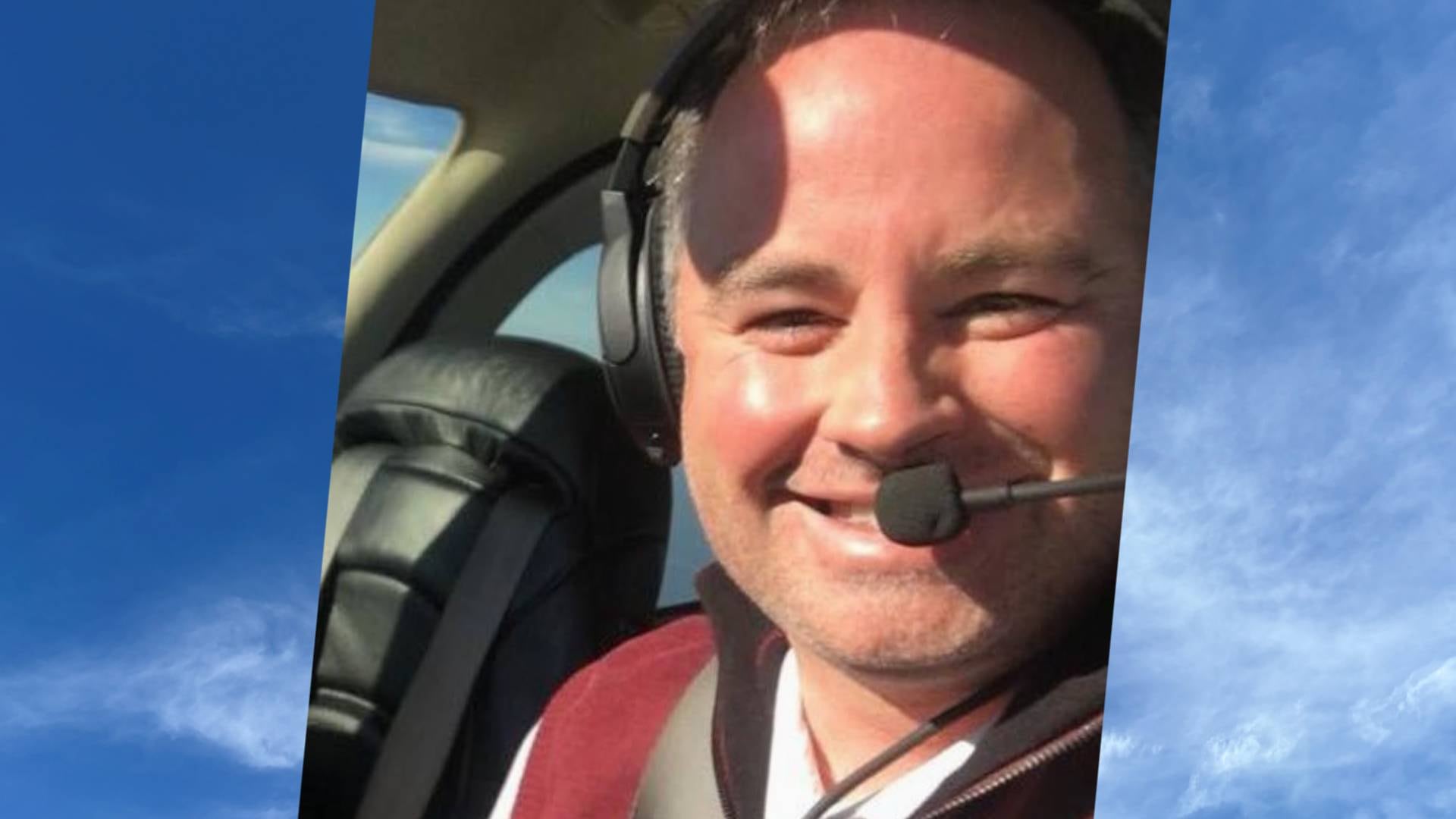
Many are calling the pilot, Jason McKenzie, a hero for avoiding deaths and injuries on the ground, even though he died in the crash.
After arriving at the crash site around 2:45 p.m. Thursday, NTSB investigator Ralph Hicks took a few minutes to discuss the case.
Hicks said he’d be spending 24 to 36 hours in Augusta.
“We don’t rule anything out,” Hicks said. “We’re here just to just to gather facts, and then put everything together at the end of the investigation.”
Investigators will take pieces of the airplane to a hangar elsewhere in Georgia, where they’ll put it back together and try to determine what happened.
As of right now, investigators don’t know what caused the crash, but they’ll be looking at several factors, including the pilot, the aircraft and the operating environment.
As far as the pilot, Hicks said officials do know McKenzie is an experienced pilot with 800 hours of flight time as of last year.
A visual inspection didn’t reveal any evidence of catastrophic engine failure, Hicks said, and there was no indication of a distress call.
He said it’s not clear whether the pilot tried to return to the airfield before the crash, although observers noted that the direction of the crash might indicate he had.
The “black box” data recorder on the plane could be key if it captured anything important.
Investigators will be looking at flights the plane has made in the past 72 hours that may indicate whether anything has gone wrong.
We looked at the flight records, which show the plane had made several trips in the past few days, including:
- To Greensboro, N.C., on April 24 and back to Daniel Field on Saturday.
- To Southern Pines, N.C., and back on April 23.
- To Sevierville, Tenn., and back on April 20.
- To Thomson and back on April 18.
We know the Beechcraft Bonanza A36 was manufactured in 1999 and owned by WBME, a limited-liability corporation based in Warrenville, according to government records.
The plane had four cabin windows on each side, starboard rear double doors and seats for six. Two of those seats were in the cockpit and four were in the cabin – configured as two rows of two seats each, with the rows facing each other, according to photos of the plane posted online. It had a small cargo area in the rear.
Its certificate was valid until 2030.
Equipped with a three-blade propeller and a 300-horsepower engine, the model was introduced in 1968 and is still being made by the Beechcraft division of Textron – a company that has a plant in Augusta.
WBME was created in October 2023 and the plane was ed to it the next month. The previous owner was in California, so this was a new plane for the owner, though it was made 25 years ago.

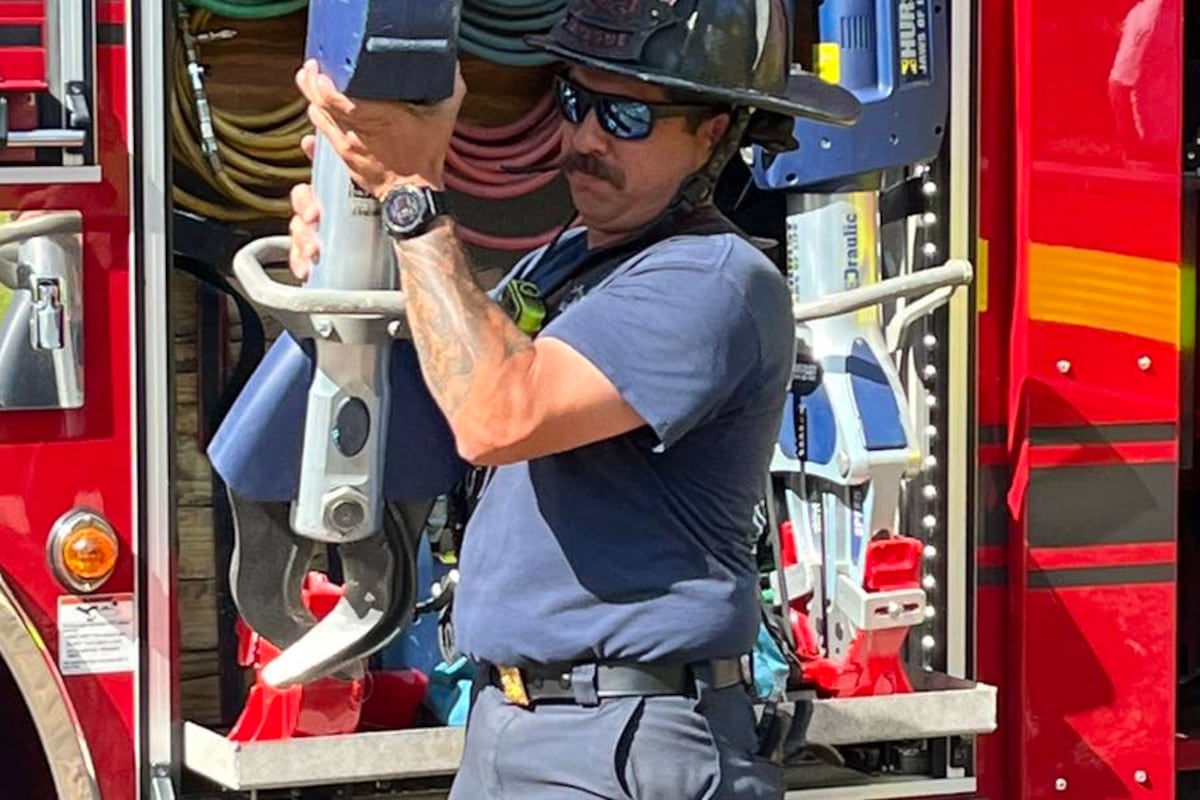
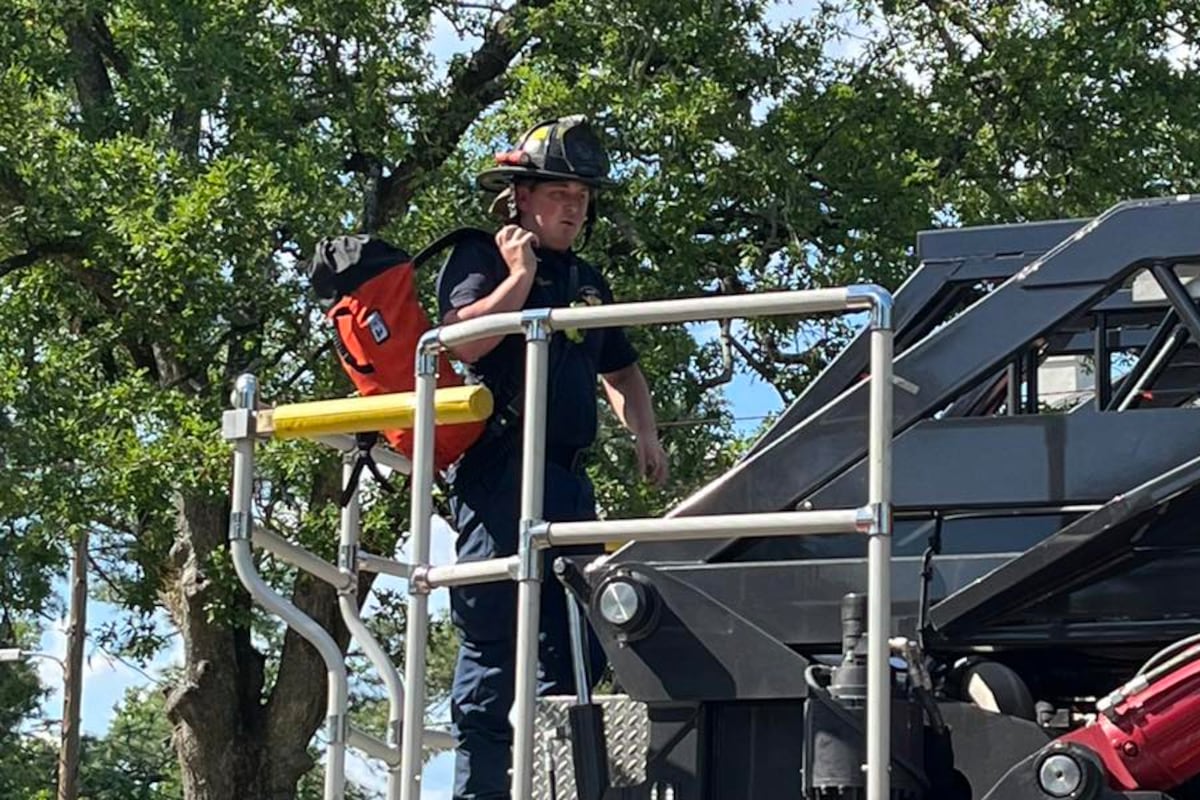
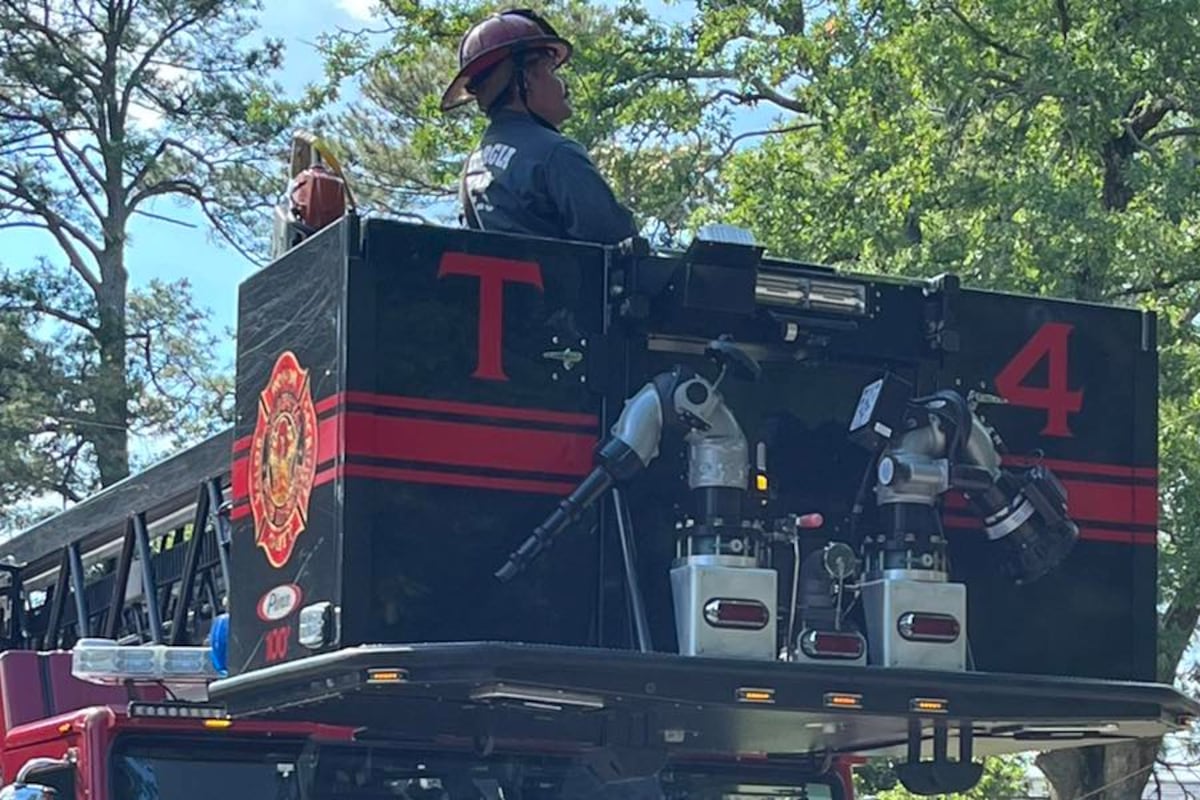
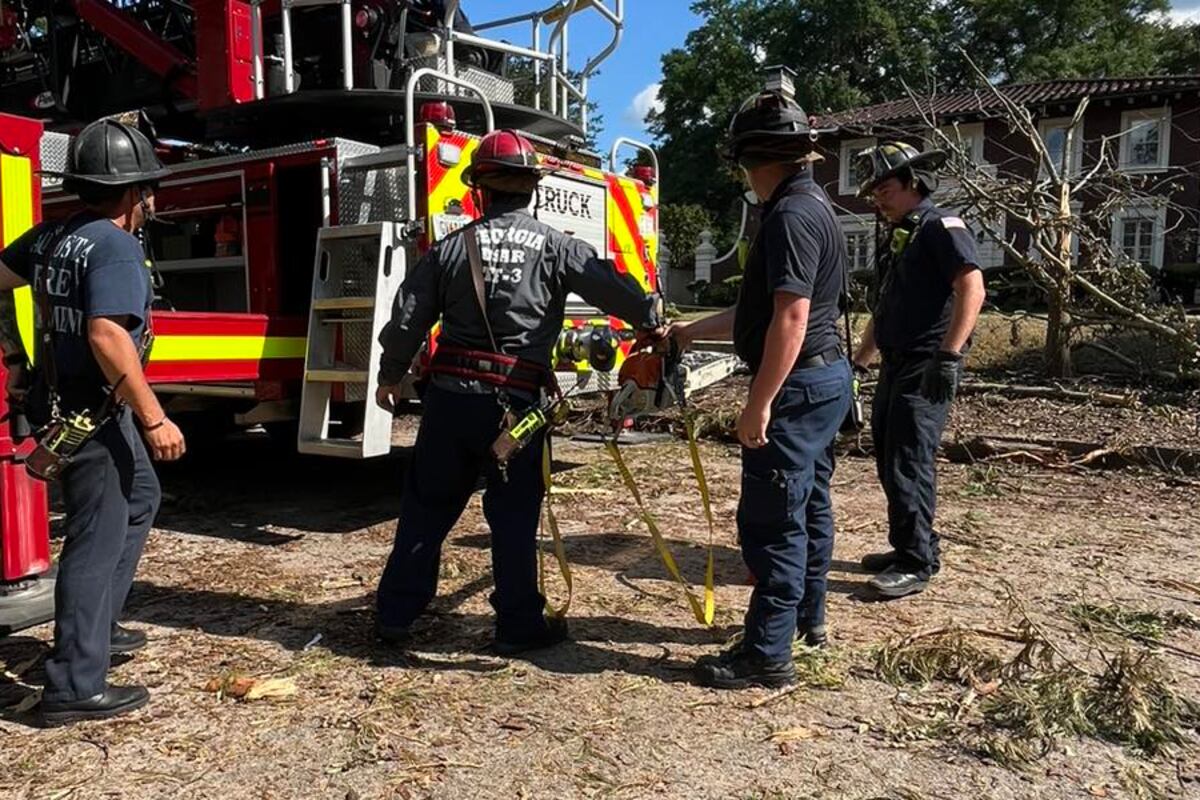
The plane’s first flight under WBME ownership was in February of this year.
As far as the investigation, the NTSB’s work could take a while.
Hicks said the agency would release a preliminary statement of facts about the crash in about a week. But a final report on the cause could take a year or two.
The public can help. Hicks said there were indications that video doorbells in the neighborhood had recorded the crash. And some people may have seen it.
Witnesses or those who have surveillance video or other information are asked to the NTSB at [email protected].
Beyond witness statements and video, the NTSB said Hicks and other investigators will scrutinize:
- Recordings of any air traffic control communications.
- Aircraft maintenance records.
- Weather forecasts and actual weather and lighting conditions around the time of the accident.
- A 72-hour background of the pilot.
- Electronic devices.
Copyright 2024 WRDW/WAGT. All rights reserved.
